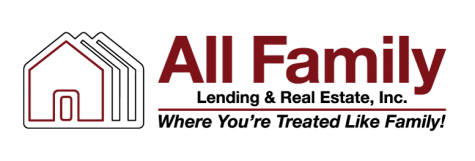The history of the LIBOR rate is usually a few tenths of a point above the Fed funds rate. LIBOR is the interest rate banks charge each other for short-term loans. When it diverged, it signaled the financial crisis of 2008.
LIBOR is short for London InterBank Offered Rate. Originally, London banks who published it as a benchmark for global bank rates. In January 2014, the InterContinental Exchange (ICE) took over its administration.
That’s because the London banks were found guilty of price-fixing. For more, see Understanding the Rate-Fixing Inquiry.
What Are the Historical LIBOR Interest Rates
The table below shows a snapshot of the historical LIBOR rates compared to the Fed funds rate for each year (as of December 31) since 1986. Pay particular attention to the LIBOR rates during 2006-2009, when it diverged from the Fed funds rate.
In April 2008, the 3-month LIBOR rose to 2.9% even as the Federal Reserve lowered the Fed funds rate to 2%. That was after the Fed had aggressively dropped the rate six times in the previous seven months. For details, see Current Fed Funds Rate.
Why did LIBOR suddenly diverge from the Fed’s interest rate target? Banks started to panic when the Fed bailed out Bear Stearns. It was going bankrupt due to investments in subprime mortgages. Throughout the spring and summer, bankers became more hesitant to lend to each other.
They were afraid of the collateral that included subprime mortgages. LIBOR rose steadily to indicate the higher cost of borrowing.
On October 8, 2008, the Fed dropped the Fed Funds rate to 1.5%. LIBOR rose to a high of 4.8% on October 13. In response, the Dow fell 14% in October.
By the end of 2009, LIBOR returned to more normal levels thanks to Federal Reserve measures to restore liquidity.
(Source: St. Louis Federal Reserve, Historical 3-Month LIBOR Rate. New York Federal Reserve, Historical Fed Funds Rate)
Since 2010, LIBOR has steadily declined to match more closely the Fed funds rate. From 2010 – 2013, the Fed used quantitative easing to keep rates low. It bought U.S. Treasury notes and mortgage-backed securities from its member banks.
In the summer of 2011, the Fed announced Operation Twist, another form of quantitative easing. Despite this easing, the LIBOR rate rose in late 2011 as investors grew concerned about potential debt defaults from Greece and other contributors to the eurozone debt crisis.
In late 2015, LIBOR began rising again. It anticipated that the FOMC would vote to increase the Fed funds rate in December of that year. J.P. Morgan analysts forecast that the three-month LIBOR rate would rise to 0.55%.
